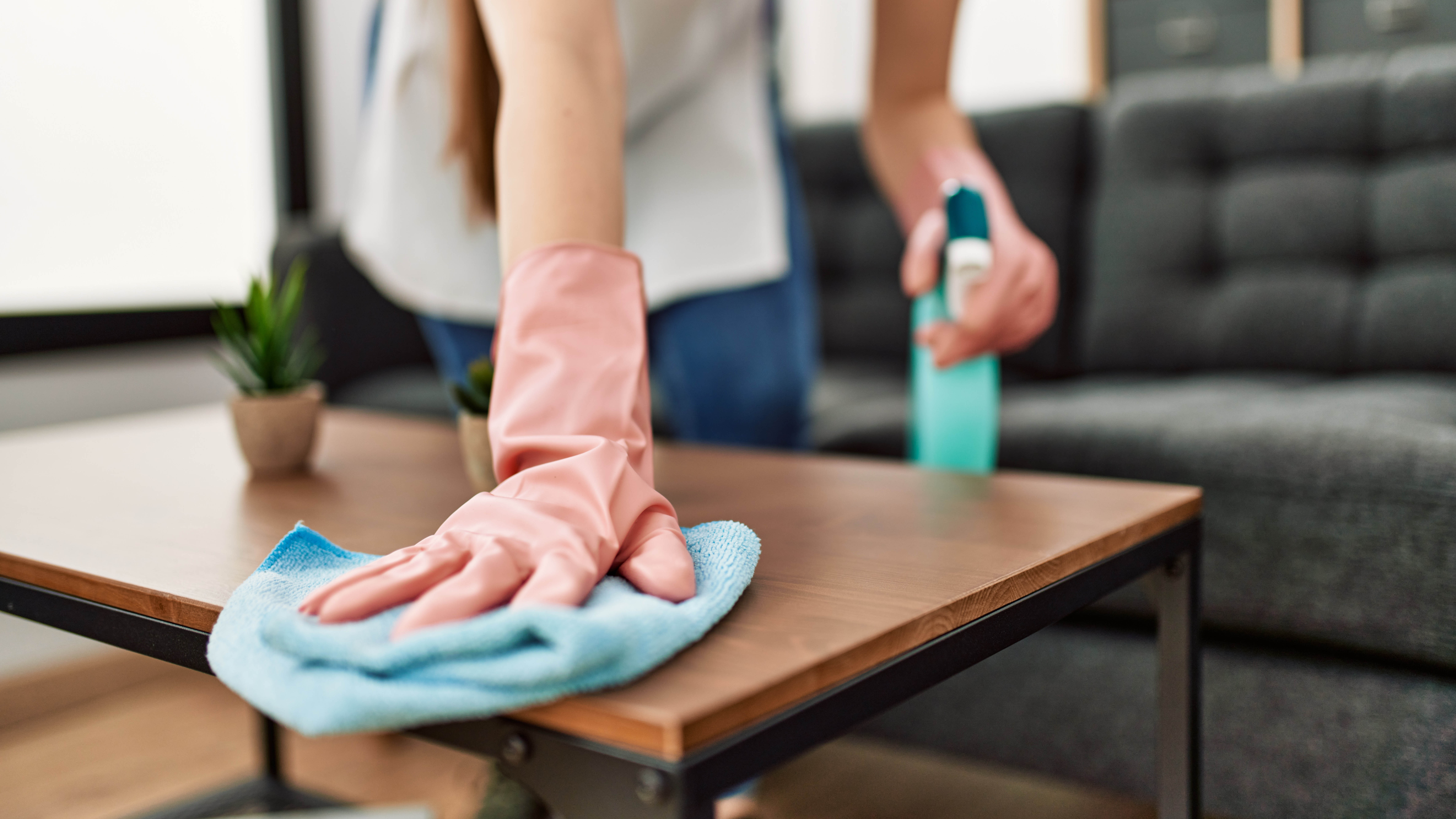The Science Behind Effective Skin Care Solutions

Strong 8k brings an ultra-HD IPTV experience to your living room and your pocket.
Why “Which skin care solution actually works?” is a scientific question — not just a marketing one
When it comes to choosing skin care solutions, the options are endless — serums, creams, masks, cleansers, exfoliants.
But what really works, and why? If you've ever stood frozen in front of the skincare aisle, wondering whether hyaluronic acid does anything or if peptides are worth the hype, you're not alone.
This post breaks down the science behind effective skin care solutions. No fluff. No magic ingredients. Just real talk backed by biology, chemistry, and dermatological insights.
Whether you’re dealing with acne, aging, or dry skin, understanding how ingredients interact with your skin's structure can save you time, money, and frustration.
Quick Overview: Key Scientific Truths About Skin Care Solutions
- Your skin is a living organ — and effective care supports how it functions, not just how it looks.
- Not all ingredients are created equal. Some penetrate deeply (like retinoids), while others sit on the surface (like mineral sunscreens).
- pH, molecule size, and delivery systems matter more than price tags or trends.
- Consistency trumps intensity. Most skin improvements come from long-term habits, not overnight miracles.
Want to dive deeper into what actually makes a skin care product work? Keep reading!
Skin Structure 101: Why It Matters in Skin Care
To understand what makes a skin care solution effective, you first need to understand what it’s trying to work with: your skin’s layers.
Your skin is made up of three primary layers:
- Epidermis: The outermost layer that acts as a barrier.
- Dermis: Contains collagen, elastin, and blood vessels — where deeper repair happens.
- Hypodermis: Fat and connective tissue for insulation and shock absorption.
Why it matters:
For any ingredient to actually change your skin (boost collagen, reduce pigmentation, or clear acne), it must reach the dermis — and that’s not easy. Many ingredients never make it past the epidermis.
Pro Tip:
Look for terms like “liposomal delivery”, “encapsulated”, or “micronized” on labels — they usually signal enhanced penetration.
Active Ingredients: What Really Works (And Why)
Let’s break down some of the most scientifically validated ingredients you’ll find in modern skin care solutions — and how they work.
Retinoids (Retinol, Tretinoin)
- How they work: Increase cell turnover and stimulate collagen production.
- Science says: Backed by over 40 years of studies as a gold standard for anti-aging and acne.
Vitamin C (Ascorbic Acid)
- How it works: Neutralizes free radicals and boosts collagen.
- Science says: Only stable forms (like L-ascorbic acid) at 10–20% concentration show proven results.
Niacinamide (Vitamin B3)
- How it works: Strengthens skin barrier, reduces inflammation, and balances oil.
- Science says: Effective at 2–5% concentrations, great for sensitive or acne-prone skin.
Hyaluronic Acid
- How it works: Binds water molecules to the skin (up to 1,000x its weight).
- Science says: Works best in low molecular weight forms that can penetrate deeper.
AHAs & BHAs (e.g., Glycolic & Salicylic Acid)
- How they work: Exfoliate surface skin or clean out pores.
- Science says: Proven to improve texture, reduce acne, and enhance product absorption.
Did You Know?
Your skin’s pH level is around 4.7–5.5, and effective skin care products are typically slightly acidic to support this balance. Alkaline cleansers can disrupt the barrier and trigger breakouts, dryness, or sensitivity.
Quick Guide: Choosing Skin Care Solutions That Actually Work
The Problem:
You’re using a dozen products, but your skin isn’t improving—or it’s getting worse. Sound familiar?
Common Challenges:
- Are your products canceling each other out?
- Are you applying them in the wrong order?
- Is your skin barrier compromised without you even knowing it?
How to Fix It:
Start with pH-balanced cleansers: Look for gentle, non-stripping formulas labeled “pH balanced” or “sulfate-free.”
Use ingredients that match your goals
- Acne? Try salicylic acid + niacinamide.
- Anti-aging? Retinol + peptides.
- Pigmentation? Vitamin C + azelaic acid.
Layer strategically
- Thinnest to thickest: toner → serum → moisturizer → oil (if used).
- Wait 30 seconds between layers for better absorption.
Protect it all with SPF: No skin care solution matters if you skip sunscreen. UV undoes everything.
Why It Works:
This routine respects how your skin functions naturally — without overload. You’re targeting problems with purpose, not products.
Need help creating a simplified, science-backed skin care plan? Talk to a professional, not a TikTok trend.
The Role of Consistency (Not Hype)
One of the most underrated truths in skin care science? Time + repetition = results.
“Skin cells regenerate every 28–40 days. Give your skin at least one full cycle before judging a product.” — Dr. Maya Patel, Dermatologist
The best solutions often don’t give instant gratification. They work quietly and consistently over weeks — reducing redness, smoothing texture, and strengthening your skin barrier.
What Science Debunks: Marketing Myths to Avoid
Let’s bust a few common myths with cold, hard science:
- “Natural means better.”
Not always. Poison ivy is natural too. Many synthetic ingredients are more stable and safer.
- “The tingling means it’s working.”
Often, that tingling = irritation, not effectiveness. - “More expensive = more effective.”
Efficacy depends on formulation, not price. Some of the best actives are under $30. - “One miracle ingredient can fix everything.”
Skin care is about synergy. No single ingredient does it all.
FAQs: Science-Backed Skin Care Explained
Q: Can I mix all my actives into one routine?
A: Not always. For example, retinol + vitamin C can cause irritation if used together. Stick to morning and night routines to space them out.
Q: How long before I see results?
A:
- Hydration & glow: Within a week
- Acne improvement: 4–6 weeks
- Pigmentation fading: 8–12 weeks
- Anti-aging (collagen increase): 3+ months
Q: Are drugstore products less effective?
A: Not necessarily. Brands like The Ordinary or CeraVe offer science-backed ingredients at affordable prices — often with better formulation than luxury brands.
Q: Should I change products often?
A: Nope. Stick with products for at least 4–6 weeks unless they’re causing irritation. Switching too often disrupts your barrier and delays progress.
Conclusion: Science First, Hype Second
When it comes to skin care solutions, the science is clear: the best products don’t need to be trendy, expensive, or complicated.
What matters most is how ingredients interact with your skin — and whether you give them time to work. Focus on proven actives, a consistent routine, and protecting your barrier.
Your skin will thank you for it — with or without a 10-step ritual.
Want smarter, simpler skin care backed by science? Start with knowledge, not noise.
Note: IndiBlogHub features both user-submitted and editorial content. We do not verify third-party contributions. Read our Disclaimer and Privacy Policyfor details.






